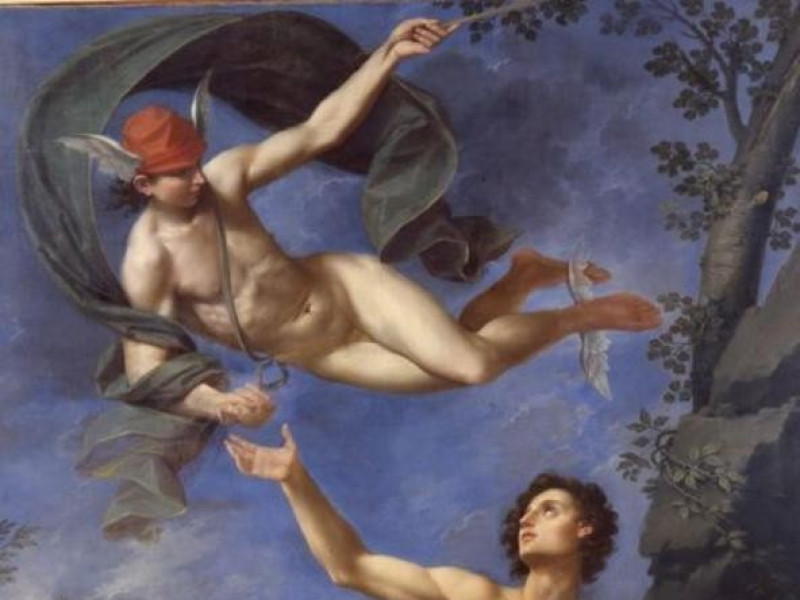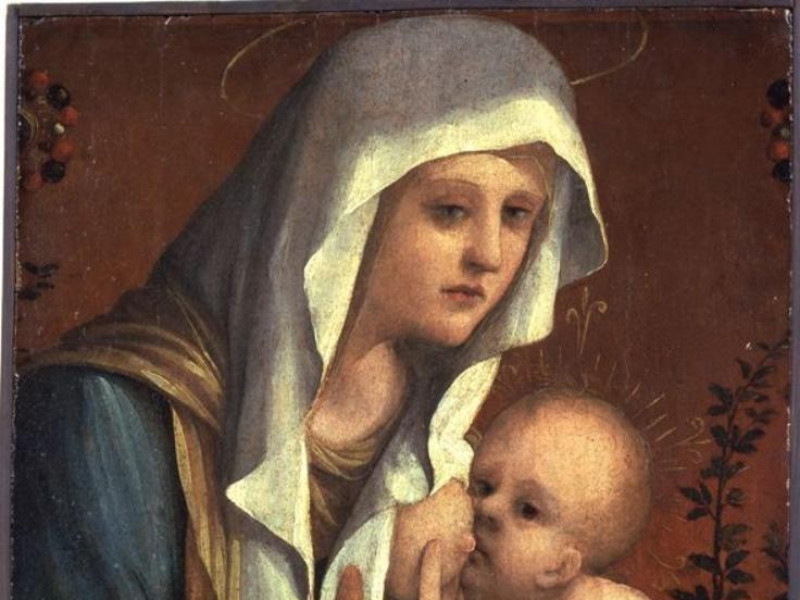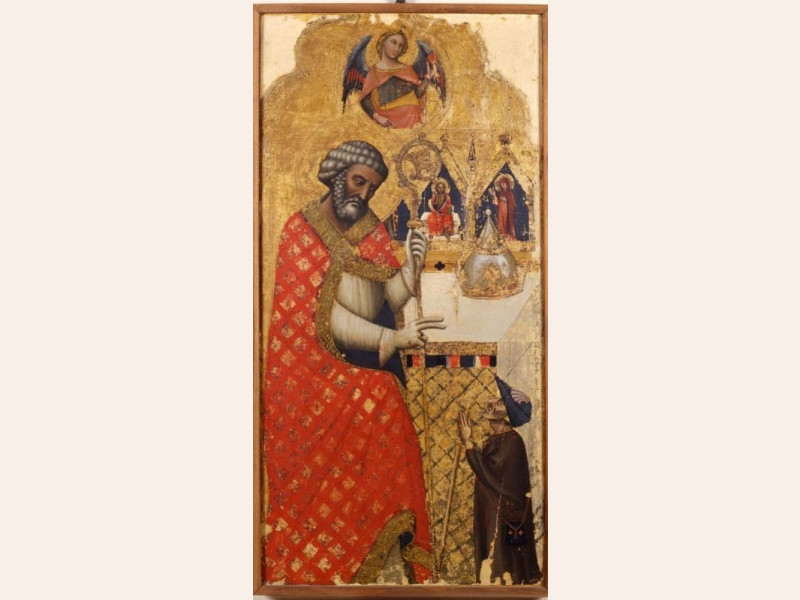Musei civici d'arte antica: collezioni comunali d'arte di Bologna
The gallery, established in 1936, is housed in the halls of the Palazzo d'Accursio inhabited until 1859 by the papal legate. Guido was responsible for the preparation Zucchini, engineer and historian who a year earlier had organized in those spaces, the exhibition dedicated to the eighteenth century Bologna (1935), also aimed at promoting the use of the apartment museological bound. The taste for the reconstruction of environment prevails in fact into the exhibition, where he found a wealth of accommodation works submitted to the municipality in age unification (legacy Palagi, 1860 Baruzzi, 1878) and in the first decades of the 900 (bequests Pepoli , Pizzardi, Rusconi), in addition to eighteenth-century furnishings already stored in the building Accursio. E 'possible to admire the group of eighteen paintings by Donato Crete donated to the Senate in 1744 (Stories of Achilles, Virtue), merged in the gallery frescoed by Vidoniana Mengazzino and Caccioli in 1665. More than two hundred works on display in twenty rooms of the collections (including the Sala Farnese, the Hall of Arms, the Hall Verdela Room II with paintings of Gandolfi) where, in addition to paintings by nationally - to Signorelli, Tintoretto, Artemisia Gentileschi, Nuvolone, Pietro Longhi - the figurative production prevails with Emilia Vitale da Bologna, Dalmasio Lippo di Jacopo di Paolo, Francesco Francia (Crucifixion), Ludovico Carracci, Citizens, Curs, Giuseppe Maria Crespi (Portrait Lambertini) Ubaldo Gandolfi and Gaetano (Andromeda and Perseus). The decorative arts between sixteenth and eighteenth centuries are dedicated rooms Rusconi, culminating in the famous village of Valliani room and Martinelli (early XIX century); a room documenting Palagi artist and collezionista.La section of the nineteenth century exhibits works by Hayez (Ruth), Fantuzzi, Greenhouse, Mancini, Faccioli. Scene in the third room of the culture of Alfonso Rubbiani, represented by restoration projects and embroideries Aemilia Ars. Of significant importance and beauty of the Farnese Chapel with frescoes by Prospero Fontana (Histories of the Virgin). Among the furnishings and the famous Bentivoglio Cassone Automata Clock.






